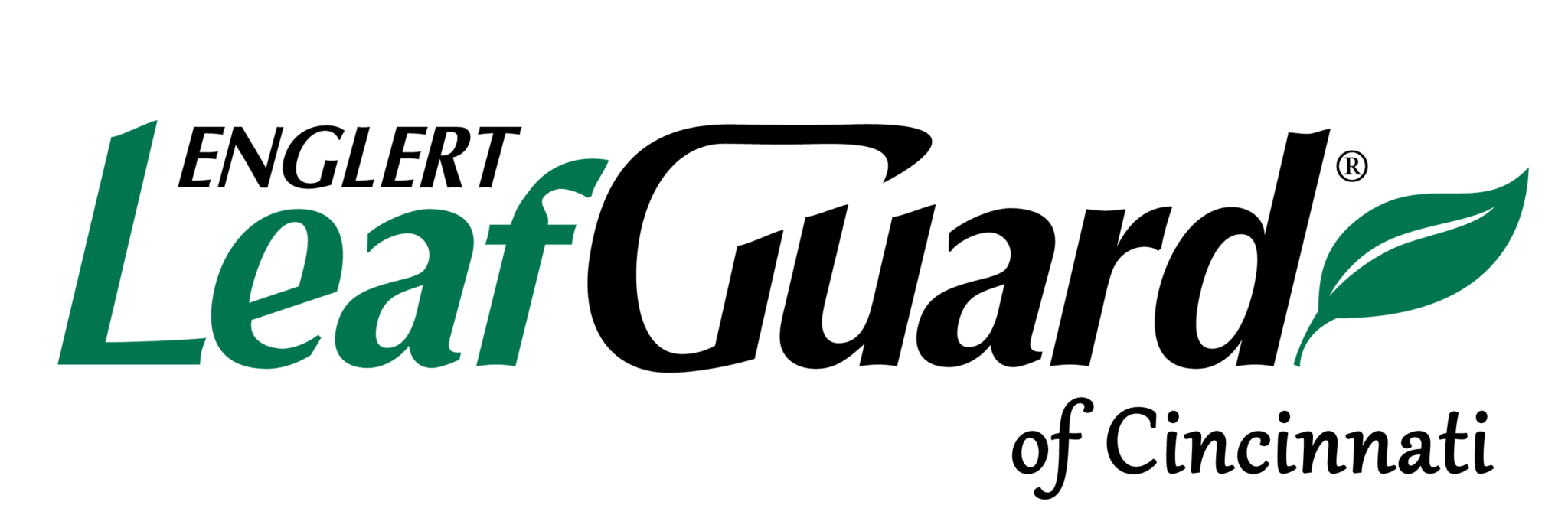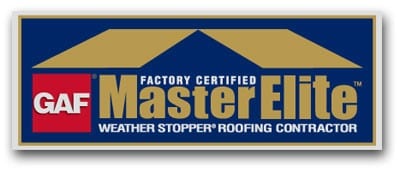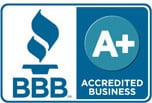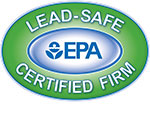Five Common Causes of Roof Leaks
What causes roof leaks?
A leak through your roof is a tricky issue. Not all leaking roofs begin at the point of entry so you may have to do some detective work to find the cause. A roofing contractor knows how to pinpoint the root of the problem so that repairs can be made. In addition, they are accustomed to climbing around on the roof and not causing more damage during their inspection. Either way you choose to investigate your roof’s condition, it’s important to know the issues you may encounter when keeping your roof free of leaks.
A leak may occur for many reasons, but we’ll discuss some of the most common causes of roof leaks. While the particular conditions a roof has to withstand will vary by geographic region, proximity to large trees, and a host of other unique factors, five of the most common causes of roof leaks include wear and tear, damaged or missing shingles, the slope of your roof, broken seals, and gutter issues. Below we outline how and why these issues cause roof leaks.
1. Roof Wear & Tear
Roofing materials deteriorate due to many factors so you must keep an eye on their condition. While a storm may rip shingles off, a roof leak is more indicative of a structural problem that has been building and needs to be addressed and repaired. The older your roof is, the less integrity it has to protect your home.
Common wear and tear that can result in a leaking roof includes simple sunshine and debris falling upon or cluttering the existing roofing. The sun’s rays can damage roofs by melting the tar from shingles leading to gaps that allow water to get through. When leaves and trees brush against the shingles, it erodes their structure or could scrape the shingles right off.
2. Damaged or Missing Shingles
Can missing shingles cause a leak? Simply put, shingles are the single most important barrier for your roof. If you see shingles on the ground, such as after a particularly strong storm has passed through, it is a good indicator that there is more damage that needs attention and could cause roof leaks. However, it takes a closer inspection to identify damaged shingles on top of your home. Sometimes, the roof will darken beneath the shingles, and at first glance you may not realize that the shingles are gone. Shingles crack and split, which cannot be seen from the ground and require up-close examination.
3. The Slope of Your Roof
Most roofs slope for a distinctive reason. Water runs off and doesn’t damage your ceiling. Flatter roofs have materials under each shingle that lifts it up to allow the water to drain. If any part of this system breaks down, water could pool or ice-dams could form, and a leaky roof is the result. It takes a trained technician to determine whether or not the lack of slope is the reason behind the water damage on your ceiling, so don’t be afraid to seek out professional guidance if you have questions about your roof.
4. Broken Seals
Any place on your roof that is open to moisture could be the beginning of a roof leak. Some areas prone to leaks include:
- Ventilation holes, chimneys or holes for electrical wiring
- The ridge cap, where your roof meets the top of the wall, usually the last part of the roof to be installed and typically made from the same shingles covering the roof, but bent over the ridge and sealed to keep out moisture and prevent wind damage
- Dried-up or cracked caulking, usually used as a sealant around vents, chimneys, and sometimes gutters
One of the best ways to look for these spots—before the roof starts leaking and water damage becomes obvious—is to wait for a sunny day and go into your attic and see if any sunlight is peeking through the roof. A flashlight is another option to help you find the spots that are deteriorating.
5. Clogged Gutter Issues
When your gutters get clogged with leaves and dirt, it causes extra stress on the roof. Clogged gutters can cause water backups that overflow and can soak through your shingles and through the ceiling below. LeafGuard® Gutters are guaranteed to never clog and are a surefire way to avoid clogs and prevent a leaking roof due to gutter problems.
Get Professional Roof Leak Detection
A roof leak is nothing to shrug off—it can turn into a real (and really expensive) problem very quickly because the roof is one of the most expensive repairs on your home. It’s much easier and more cost-effective to maintain your roof well than to shell out for repairs every time it gets damaged. Get an annual inspection by our team of roofing contractors to prevent many problems from becoming worse.
There’s more to be done to ease the burden placed on your roof, take care of your house by scheduling regular maintenance and annual inspections. While you’re inspecting the roof, don’t forget to inspect the gutters! Gutters are responsible for moving water away from your roof and house, and a problem with your gutters will quickly lead to problems with your roof, your walls, and even your foundation. Schedule a gutter inspection today and you’ll have the best chances of preventing any leaks from clogged gutters.








